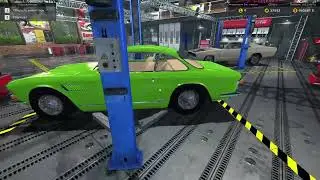Your Printer is Hacked! | Forensic 101
Everyone and everything is online now. We live our lives online, we chat online, we shop online and we even learn online. Our finances have shifted online too, especially post demonetisation. The government is striving to make our economy digital. Digital India is their goal. It sounds well and good. A digital economy will mean fewer cash frauds, easier transactions and a significant decrease in the flow of black money.
However, going digital isn’t really the safest bet. Hacking and online attacks are an everyday phenomenon. Online fraud, identity theft even online robberies happen all around the world on a daily basis. This is one of the main reasons we need to educate and take digital forensics seriously.
We at Forensic 101 create videos on the digital frauds and hacks that takes place in day to day life, hence educating people and making internet a safe place. We work closely with DIgital Forensic Solution companies and education institutes.
The printer in your office comes with lightning-fast scanning capabilities, solid print qualities, fast printing speeds and remote printing and scanning capabilities that come with PC-style hard drives that store digital copies of every document that has been scanned, copied, emailed to and printed on them. From confidential employee records, to credit card numbers, patient's health records and other classified documents, the modern printer retains a copy of every document that has ever passed through.
Unfortunately, weak printer security can act as the weak link that puts your organization's data at risk. On an average 44% of devices are insecure in terms of access to data sorted on printers mass storage. A real example that highlights how easy it is to execute cyber fraud can be seen in a recent case where 29,000 printers across university campuses in the US were hacked remotely, resulting in pages of offensive flyers mysteriously showing up in the output trays. Similarly, in November 2015, a laser printer was found to be sending out SSL traffic in a security breach on the network.







